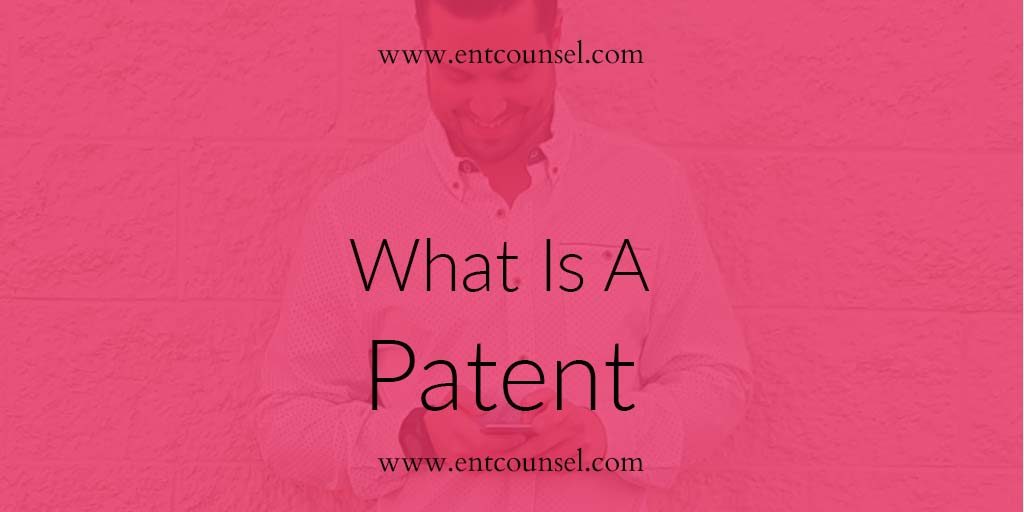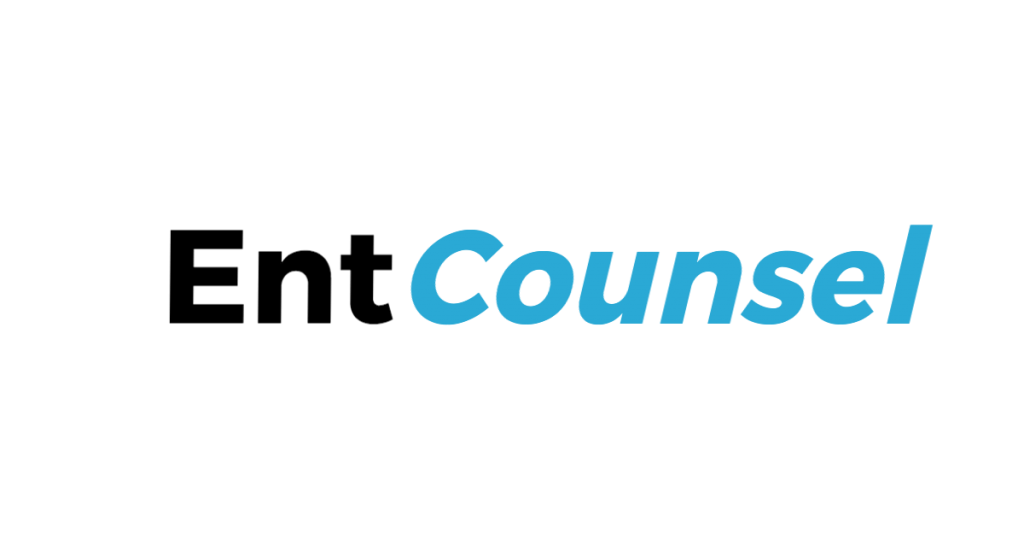What is a Patent? Patents protect new and useful inventions (product, composition, machine, process) or any new and useful improvement to an existing invention. A patent owner the exclusive right to manufacture, use and sell the invention (and prevent others from doing so). It is a document issued by the federal government to protect an invention that describes an invention and precludes others from using that invention for commercial or any other purpose for a period of up to 20 years. It is governed by the Patent Act.
What Is A Patent
The definition of a patent is “Any new and useful art, process, machine manufacture or composition of matter or any new and useful improvement in any art, process, machine, manufacture or composition of matter”.
A patent grants the application the exclusive right to make, use or sell the invention for a period of 20 years from the date of the initial filing in Canada.
What Is A Patent – Requirements
In order to answer the question, What Is a Patent, a patent must meet four requirements in order to be patentable:
- Patentable subject matter
- It is any new and useful art, process, machine, manufacture or composition of matter or improvement). I
- t must be new or novel and wasn’t known or reported before.
- Novelty
- The invention must be something that hasn’t been known before and be different.
- It must not be disclosed prior to filing date of application (if by third party) or prior to one year before the filing date of the application (if disclosure by inventor.
- Other countries follow an absolutely novelty principle meaning that the invention cannot have been publicly disclosed in any manner anywhere in the world. It is advisable not to disclose the patent until a patent application has been filed.
- Disclosure can be made on a confidential basis with a non-disclosure agreement. A disclosure is confidential if the party receiving the information understand accepts the duty of confidentiality.
- A patent may be considered disclosed if it is disclosed to a colleague, printed in newspapers or other publications such as scientific journals and thesis papers and public presentations.
- Non-obviousness/inventive ingenuity
- It has to not be obvious from prior inventions or information already available.
- It must show ingenuity and not obvious to someone of average skill who works in the field of the invention.
- It must be a development or improvement that would not have been obvious to those of average skill.
- Utility (functional purpose)
- it must be functional, operative, useful or have some utility.
- It has to have a practical application.
What is Patentable
The following are patentable or any new or useful improvement of the following:
- products (eg. door lock)
- processes (a method for making door locks)
- machines (the machine for making the door locks)
- composition of matter (eg. a chemical composition used in lubricants for door locks)
- new uses of known compounds
Business methods, software games and certain life forms may eventually become eligible for patent protection.
What Is Not Patentable
The following are not patentable:
- scientific principle
- abstract theorems
- ideas
- methods of doing business
- computer program
- illegal inventions
What is A Patent – Foreign Patent Protection in Other Countries
The Paris Convention Treaty of 1887 provides that a patent filed in one member country will be protected in other member countries provided that other applications are filed in the other member nations within one year of the first application. Those applications will then be accorded the filing date of the first application.
The European Patent Office permits an applicant to file a single application (in English, French or German) and obtain protection in approximately 30 other European member countries. A single regional patent is granted and becomes effective once it is ratified in each of the National Patent Offices selected by the applicant. The applicant must pay the appropriate National Fees, have it translated into the national language, and meet any other national requirements.
Canada is a signatory to the Patent Cooperation Treaty. The Patent Cooperation Treaty administered by the World Intellectual Property Organization in Geneva provides an international filing procedure for Canada’s principal trading partners including the United States, Japan and most European countries. It defers some of the major patent expenses (such as foreign translation costs) for up to 30 months from the initial patent filing. You can file a patent in as many as 142 member countries through a single application filed in Canada as opposed to having file separate applications. You must be a Canadian citizen or resident of Canada in order to file under the PCT in Canada.
Application Process
The government issues you a patent if you meet the requirements and gives a patent owner the right to stop others from making, using or selling your invention for a period of 20 years from the date the patent was filed. A full description of the patent is provided so that all Canadian can benefit from it. The public may inspect patent applications 18 months from the earlier of:
- the filing date in Canada, or
- the convention priority date which is the filing date in another country provided that certain conditions are satisfied
A patent is granted for the physical embodiment of the idea which is the description of the invention or for a process that produced something tangible or that can be sold.
What is a patent application? A patent application consists of:
- A statement that you are seeking a patent (formal petition for grant of a patent)
- Abstract of the Invention describing the patent including the abstract which is a brief summary of the contents of the specification which consists of a clear and complete description of the invention and its usefulness
- Patent claims that outline the limits of the patent or the claims to the invention
- Drawings mentioned in the description
- Biological sequence listing in electronic format, if applicable
- Name and address or patent agent’s name and address
- filing fee and signed small entity declaration, if applicable
- appointment of a patent agent, when required
You will need to request formal examination and pay the examination fee which must be made within 5 years of the Canadian filing date. The examiner does a search for prior publications that may be similar to your application. The examiner will either approve or objects to the application.
Once your patent application is made available to the public, anyone can protect your patent by filing “prior art” to cause the examiner to object to any of your claims. “Prior art” can be patents or patents applications and relevant published material.
The examiner may raise a Patent Office action and an applicant must respond and address these objections within the timeframe provided. After your response, they will prepare a second office action and may provide you with a “notice of allowance” or a request for further amendments.
Remedies for Patent Infringement
Patents provide the most exclusivity & protection for 20 years from the filing of the application. If someone makes, uses or sell your patent without your permission in the country where your patent was granted, you have a right to pursue them for damages for infringement.
A patent owner can also sue for “reasonable compensation” for infringements that occurred in Canada between the date your application was made available for public inspection (18 months after filing or priority) and the date your patent was granted as per CIPO.
Patent Markings
The Patent Act does not require you to mark your articles as patented. However, is is a good idea to mark them as “Patent applied for” or “Patent pending” after filing your application to give notice to others. A small entity is a company that employs 50 or fewer employees or a university. It does not include an entity that is controlled directly or indirectly by an entity that has more than 50 employees (other than a university). It also does not include an entity that has transferred or licensed or has an obligation (other than contingent obligation) to transfer or licence any right to the invention to an entity that employs more than 50 people (other than a university).
Filing Fees for Patents
| Title | Standard | Small entityFootnote1 |
|---|---|---|
| Filing fee | $400 | $200 |
| Request for examination | $800 | $400 |
| Request for advanced examination | $500 | $500 |
| Final fee (before grant) | $300* | $150* |
| Reinstatement fee | $200 | $200 |
Maintenance fees
Each year a maintenance fee must be paid as noted below.
Basic maintenance fees (if paid on or before the anniversary of the filing)
| On or before | Standard | Small entityFootnote1 |
|---|---|---|
| 2nd, 3rd, and 4th anniversary of the filing | $100 | $50 |
| 5th, 6th, 7th, 8th and 9th anniversary of the filing | $200 | $100 |
| 10th, 11th, 12th, 13th and 14th anniversary of the filing | $250 | $125 |
| 15th, 16th, 17th, 18th and 19th anniversary of the filing | $450 | $225 |
What is a Patent Resources
The University of Toronto’s Introduction to Patents and Patent Searching.
Queen’s University Patents and Design.
Entcounsel’s Intellectual Property Rights Overview.
You can search patents at the following resources:
US patents in pdf from 1790 to present. EPO patents from 1978 to present.
International patent applications from 1978 to present.
Patent Lens
Australian, European, United States and WIPO patent documents from 1970 to present
A collection of DNA-based patents and patent applications issued by the United States Patent and Trademark Office (USPTO)
Canadian Patents Database (CIPO)
United States Patent and Trademark Office (USPTO)
CIPO’s Guide to Patents
USPTO’s Guide on How to Conduct a Preliminary US Patent Search: A Step by Step Strategy
University of Minnesota on patent searching called Patents and Patentability and Patent Searching.



